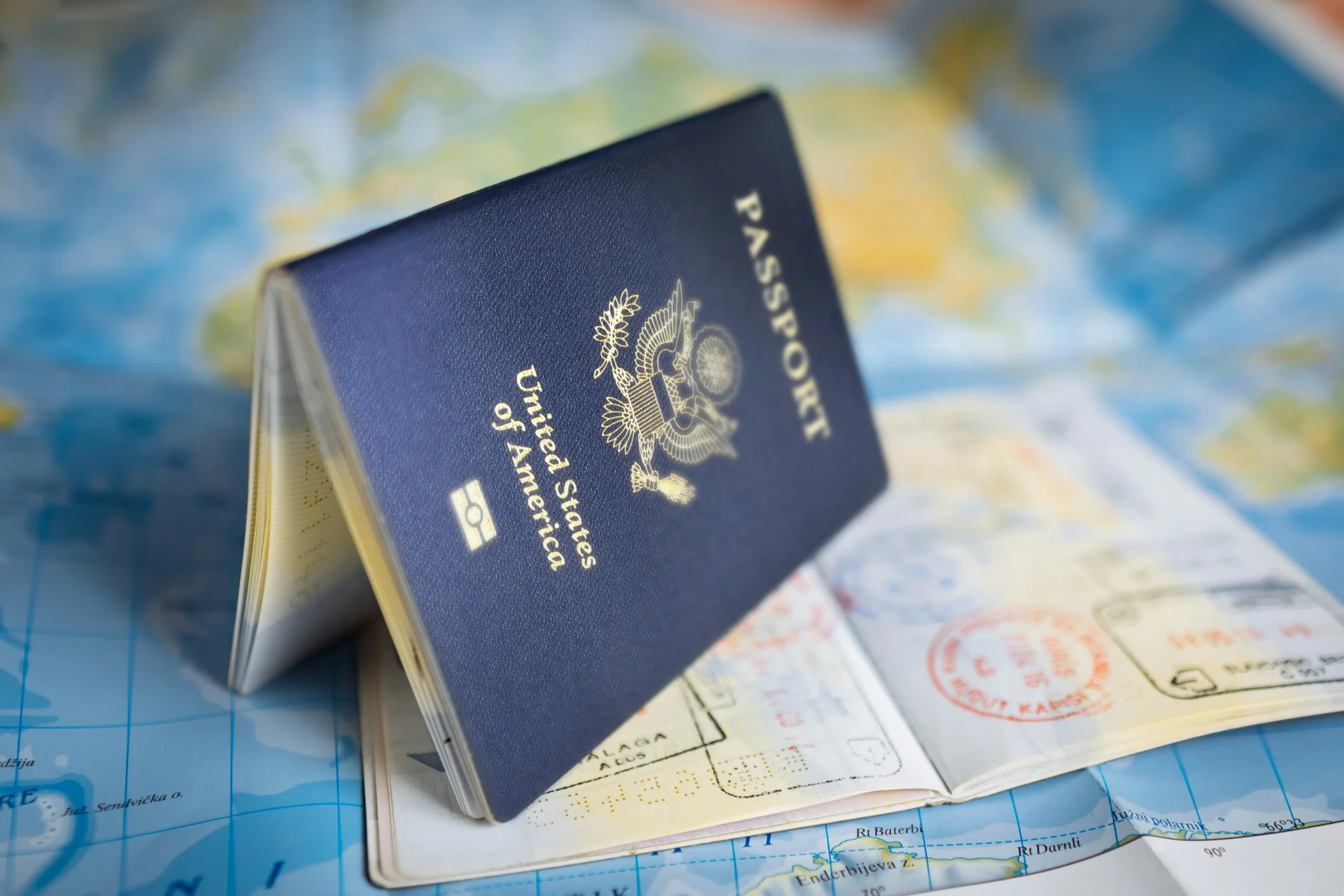A major shift in U.S. immigration policy introduces fresh uncertainty for global talent and alters the cross-border talent equation for Canadian businesses.
The United States has introduced a US$100,000 fee on certain new H‑1B visa applications, a move the White House says is meant to protect American jobs and limit program misuse. The change, announced on 19 September, applies to foreign workers seeking entry from outside the country and affects how companies approach international hiring.
“The Secretary of Homeland Security shall ensure that any petition … is accompanied or supplemented by a payment of $100,000,” the presidential proclamation states. The new requirement affects initial petitions only. Renewals and applications filed inside the U.S. are exempt, as are cases determined to be in the “national interest.”
The policy sparked confusion online. “Current H‑1B visa holders who are currently outside of the country will NOT be charged $100,000 to re‑enter,” White House spokesperson Karoline Leavitt said in a post on X (formerly Twitter). “This applies only to new visas, not renewals, and not current visa holders.”
While the measure targets a specific visa category, its impact extends to employers that operate internationally or rely on cross-border recruitment. For Canadian businesses that engage U.S. partners or hire internationally, the policy introduces new cost considerations and planning requirements.
Canadian firms weigh the impact
Although the fee does not apply to Canadian employers directly, it affects the broader economics of hiring skilled workers across borders. The cost — more than CAD$135,000 per petition — places new financial pressure on U.S.-based firms hiring internationally.
Increased costs for U.S. employers have shifted attention to jurisdictions with faster or more accessible visa processing. Canadian employers operating in industries such as technology, engineering and research have maintained a strong demand for international skills and continue to use pathways such as the Global Talent Stream, which offers two-week application processing.
New visa options reflect wider U.S. immigration overhaul
The H‑1B program has long been a pipeline for foreign professionals in engineering, software development, research and finance. The Globe and Mail reports that more than 85,000 new H‑1B visas are issued each year, with tens of thousands of renewals processed alongside. Many recipients hold advanced degrees and work in roles considered critical to innovation and infrastructure development.
What remains unclear is how the U.S. government will interpret the “national interest” clause. Implementation guidance from three federal departments is expected, but no timeline has been provided. Until then, employers on both sides of the border will be making decisions based on incomplete information.
The new H‑1B fee is part of a broader shift in U.S. immigration strategy. Alongside restrictions on skilled-worker visas, the administration has proposed a “Gold Card” Executive Order Visa that would offer residency to foreign nationals investing at least US$1 million in the country. A higher-tier “Platinum Card” option, priced at US$5 million, would allow longer stays without triggering U.S. tax obligations on foreign income. “It’s going to raise billions of dollars, billions and billions of dollars, which is going to reduce taxes and pay off debt and other good things,” President Trump said during a White House press conference broadcast on LiveNOW by Fox News.
As U.S. policy introduces new costs and restrictions for foreign talent, Canada continues to maintain programs with fewer entry barriers and faster processing times. Immigration pathways remain active, with no recent changes to eligibility or turnaround times. Employers engaged in cross-border recruitment are monitoring developments closely as global hiring strategies shift in response to policy and pricing changes.





















